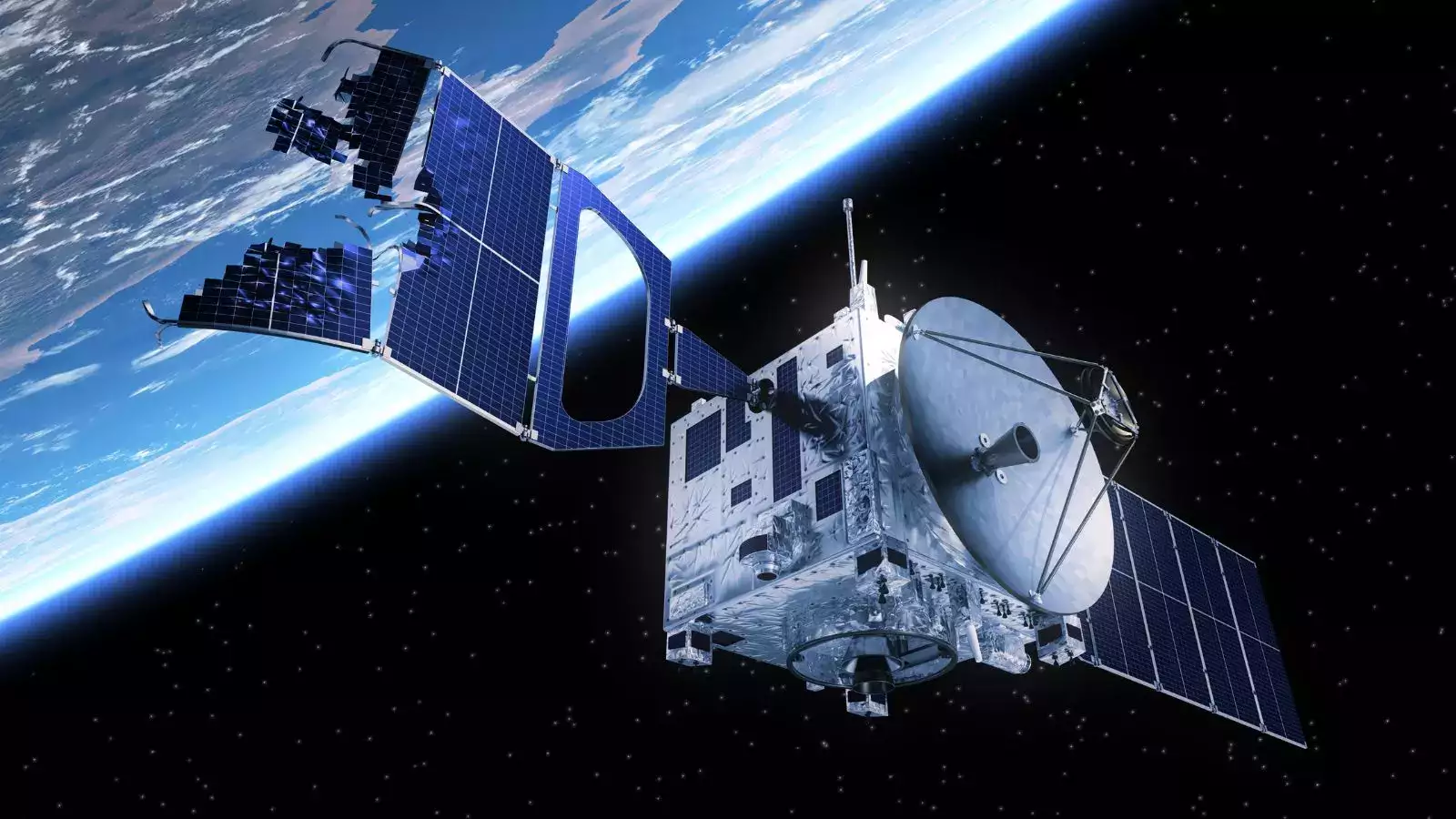Scientists studying the ionosphere in Antarctica have discovered day-night variations in ionospheric density, regardless of the 24-hour sunlight in summer and darkness in winter. They observed a diurnal pattern with peak ionospheric density near local noon, even during the polar nights. This peak ionization was attributed to particle precipitation and the transportation of convectional plasma from high latitudes. Additionally, the researchers found that the maximum ionospheric density during the summer months, when there is 24-hour sunlight, was about twice as high as during polar nights. This study provides valuable insights into the effects of the ionosphere on satellite-based navigation and communication systems.
Source: Gadgets News – Latest Technology News, Mobile News & Updates


